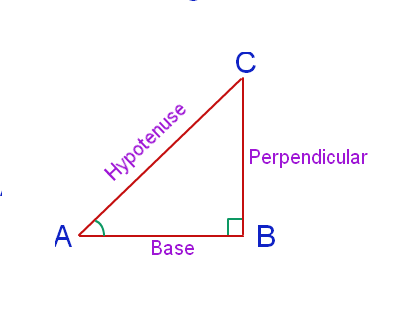Temperature Conversion between Celsius and Fharenheit

The java code carried out conversion between celsius and Fahrenheit A switch case used to select choice of conversion , C2F (celsius to Fahrenheit) or F2C (Fahrenheit to celsius) and a input temperature value is given to the selected conversion process. Fahrenheit to Celsius Celsius to Fahrenheit This example shows how to calculate use these temperature conversion formula Given Fharenheit F = 76 and find celsius C = ? C = ( 76 -32) x (5/9) = 44 x 0.555 C = 24.442 Given Celsius C = 24 and find Fharenheit F =? F = (9 x C) / 5 + 32 = (9 x 24) / 5 + 32 = 216 / 5 + 32 = 43.2 +32 F = 75.2 import java.util.Scanner; public class Cel2Fah { public static void main(String[] args) { System.out.println( "Temperature Conversion


